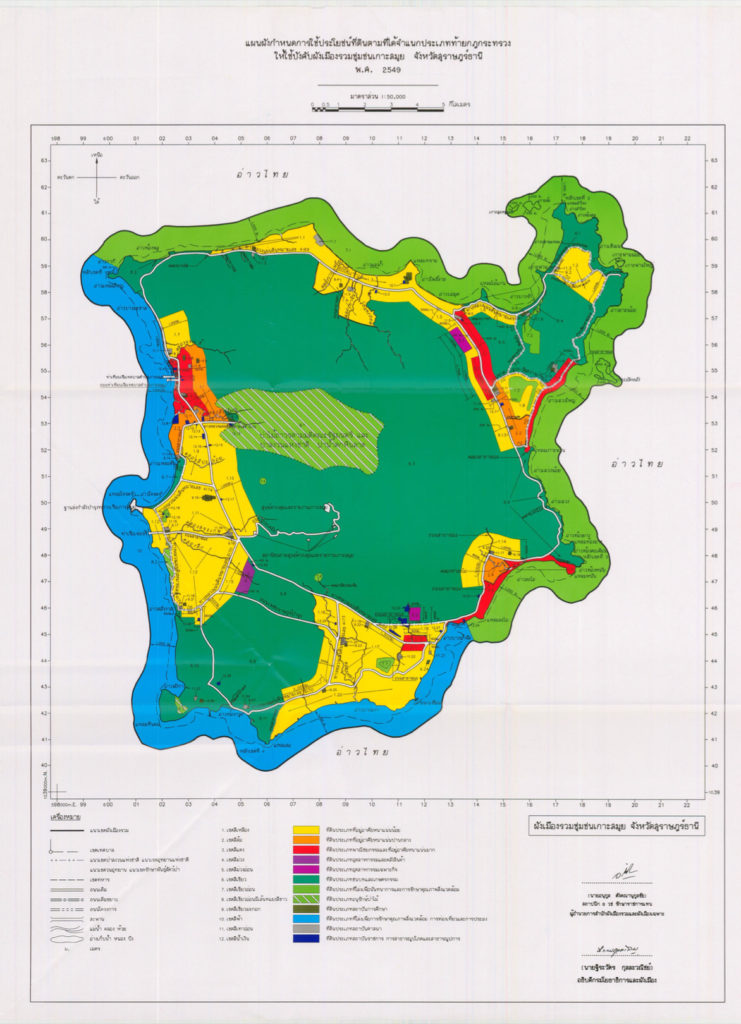Property Law
Due Diligence
Due Diligence is an examination of land, building permit, licenses, a company and its financial records.
We, Korakot and Associates Law office can provide you with an English report to confirms that the Land, company or any other type of properties you are going to buy is free from debt and mortgage which base on the government records.
The following are some aspects which must be investigated for any land Due Diligence.
- the history of land
- mortgage or encumbrances
- access to the land
- servitute
- zoning restrictions
- payment of all taxes relating to land purchase
- a company’s financial
- a company’s structure
We strongly recommended you to obtain a proper Due Diligence carrying out by professional lawyer to avoid legal risks of your Sale and Purchase transaction.
Please do not hesitate to contact us, Korakot & Associates Law Office.
Types of Land Deeds
There are many types of the land title deeds in Thailand. However, we will divide them into 4 main categories as follows.
Freehold Title Deed (Chanote or Nor Sor 4)
This type of title grants the holder of this document the full rights over the land. Thus, if you are planning to buy land in Thailand, this type of title deed is the best option.
Nor Sor 3 Gor
A land awaiting a full title deed is granted the document Nor Sor 3 Gor. The land is measured by the Land Department. Therefore, it has exact boundaries. The owner knows exactly what he owns. This type of land may be sold, transferred, or mortgaged, as land with freehold title deed (Chanote). The owner of the land may file a petition to the Land Department asking that they change it to a full title deed (Chanote), and the Land Department may do so if there is no opposition made against the petition.
Nor Sor 3
A difference between this type of land title deed and the previous one is that a land with Nor Sor 3 has never yet been measured by the Land Department, hence the land has no exact boundaries. However, Nor Sor 3 may later be switched to a Nor Sor 3 Gor, then a freehold title deed in the future.
Possessory Right
This type of title deed is least recommended. A land with a possessor’s right has never been substantiated by the Land Department, but is only recognized by tax payments at the Local Administrative Office.
Land Transfer fee
When you buy property in Thailand the transfer fees and duties are not the same as in your country. If you have any questions always ensure that you ask your attorney beforehand as to what to expect. The basic which you need to know about a property transfer in Thailand is the break down of the taxes and transfer fee. These are listed as follows:
- Transfer Fee 2% over the appraised value of the property
- Business Tax 3.3% over the registered (sale) value or appraised value (whichever is higher) in the case that the land hold less than 5 years or you have your name less than 1 year in Household registration (Blue book)
- Stamp Duty 0.5% over the registered value.
- Withholding tax; if the seller is a company withholding tax is fixed at 1% over the registered sale value or appraised value (whichever is higher)
Zoning of Samui’s Land
Zoning Map (Koh Samui)
Adopted Zoning Regulations (Koh Samui & Koh Phangan)
The objectives of the Ministerial Regulation are to provide sustainable guidance and control over the development of property on Koh Samui; to maintain the uniqueness of the community; and to preserve the valuable environment, the quality of life and tourism. It’s proposed that the introduction of 12 specific zones will enable all of this to be achieved. Each zone, represented on the map by a colour, will determine what kind of construction is permitted, and the allowed purpose of any land or building within that zone. Each zone has a comprehensive list of specifically prohibited uses for the land within it. And there’s also a set of rules for each zone that must be complied with. It’s indicated that government offices and public utilities can be located in most of the zones, as and where they’re required.
As can be seen from the Zoning below:
